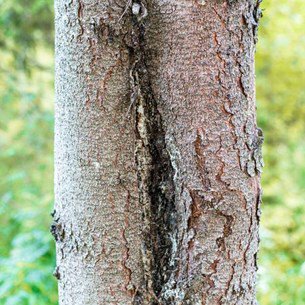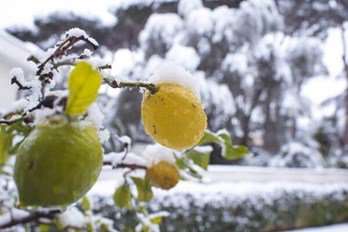You know those winter days when the sun breaks through to give a little dose of warm weather?
For us, it’s nice having a moment to soak up the sun before frigid weather returns. But when temperatures are mild for a bit and then make a quick change back to chilly, it can be a big problem for our trees.
Below, read about why fluctuating winter temperatures can be bad news for trees, and find out what you can do to help.
How does temperature affect tree growth?
The shift to warmer weather in spring prompts plants to start blooming. But if springtime weather comes early, and there are trees budding in February, for example, that premature growth can die off as soon as the weather drops back down to typical winter temperatures.
In the long run, here’s how a warmer winter could affect your plants.
The problem with winter thaws for trees
Trees budding too early and then losing their new blooms is one thing. But when a tree freezes and thaws repeatedly, other types of winter injury can occur.

The first is frost heaving. This is when tree soil warms up and thaws out during the day when the weather is mild, and then freezes at night when the temperature dips. With each freeze and thaw, the soil is slightly lifted up, which can be damaging to the tree’s roots. Mulching trees in fall can help minimize damage from frost heaving.
Another type of freeze and thaw damage on trees is bark cracking. This often happens on the lower section of the tree’s trunk when repeated freezing and thawing contracts and then expands tree bark, resulting in a vertical crack. The good news is tree guards can help protect trunks from frost damage.
Frost damage to fruit trees

Delicate fruit trees often suffer the most in the midst of shifting winter weather. Some plants have better temperature tolerance than others, but in general, if fruit trees sprout during a warm winter day, that new growth can be damaged or destroyed if temperatures plunge into the mid-to-low 20s. In some cases, those trees may not bloom again later in the year.
So the question is, will trees recover from frost damage or premature budding? It’s possible with a little help from you.





